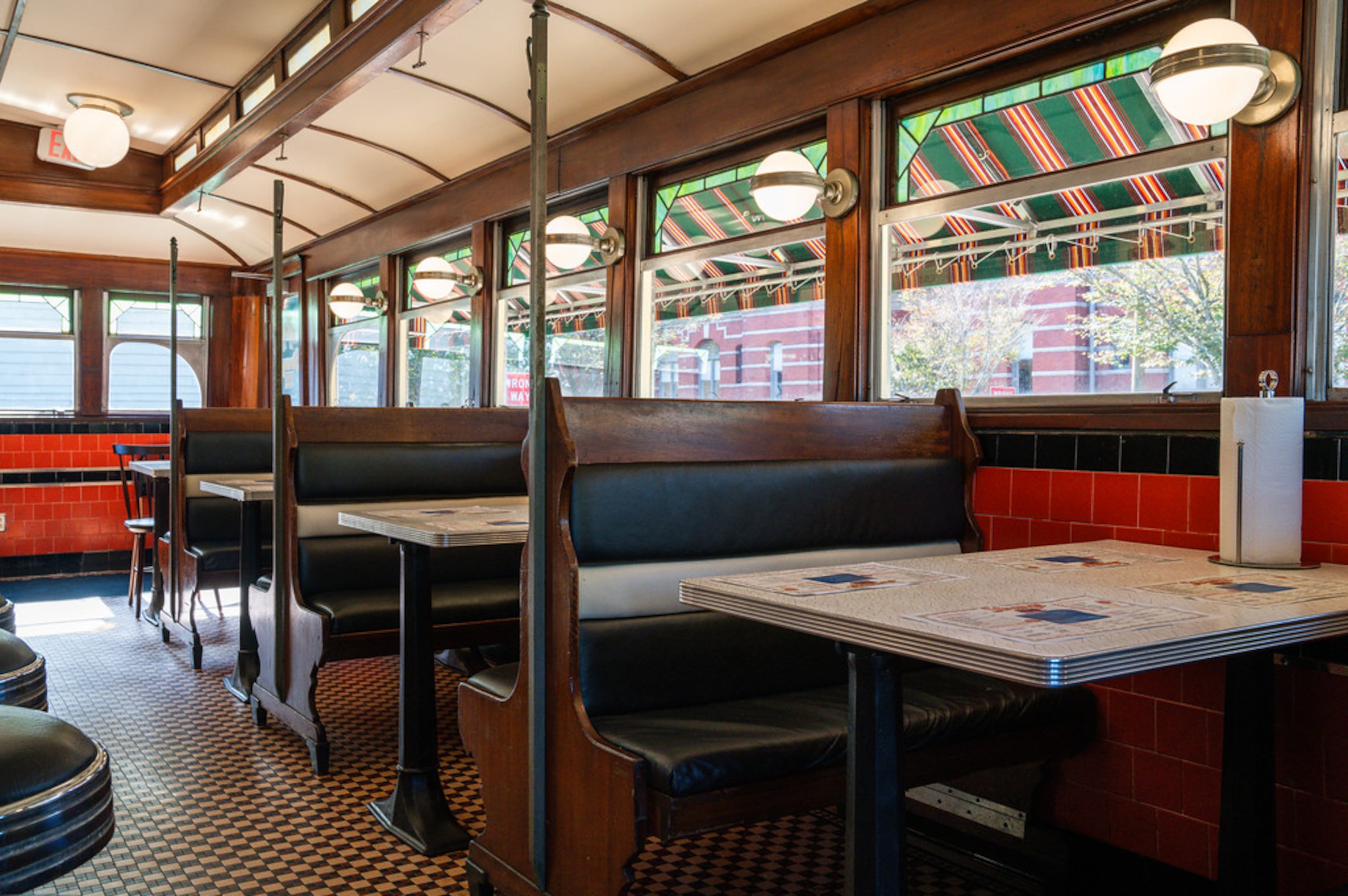Remodeling your kitchen? Look to restaurants for inspiration.

During a recent kitchen remodel in our home, my husband and I noticed a distinct trend popping into our design choices: restaurant kitchen elements.
As a professional chef, it was easy for me to recognize components such as pot fillers over the range, open bowl utility sinks, commercial-grade appliances and even industrial hoods and faucets as part of a growing movement in residential kitchen design.
“With cooking shows and food content more and more prevalent, the commercial aesthetic has become intriguing to people who are after a simple and efficient design,” explained Cristi Rajevac of Atlanta-based Rajevac Design Studio.
Anyone who’s taken a peek at shows like “The Bear” and “Careme” is getting maximum exposure to how professional kitchens look and perform. Their elements give way to ease of use and workability while providing a clean, sophisticated look.
And high-end appliances are a big starting point.
“Higher-end appliances are mimicking more of a commercial look, which has become more popular and makes more of a statement,” said Will Allerdice of Allerdice Construction, based in Scottsdale and serving the Atlanta metro area.
These appliances will also make more of a dent in your renovation budget. A premium dishwasher from Germany’s luxury Bosch brand can cost as much as $1,400, significantly more than the $700 to $800 price tag on a top-of-the-line Maytag dishwasher. While professional-style appliances are expensive, they often work better, saving labor, energy and water.
“Commercial products are built to last longer and are designed to take more wear and tear,” Allerdice said.

Gabriela Eisenhart of Silo Studios in Atlanta is also designing professional-style kitchens for the home cook. “Convection ranges, industrial ranges, hoods with high CFMs (cubic feet per minute) and dishwashers with professional components such as drawers for flatware are all part of a growing trend in kitchen design.” A range hood with a higher CFM can exhaust more air, removing smoke, odors and moisture from the kitchen more effectively.
Eisenhart sees what she calls “skullery” or “pantry” aspects in kitchen design, such as metal rail systems for hanging utensils and hanging pot systems for easy access. She said the functional elements that can be traditionally found in professional prep areas are becoming aesthetic elements, often inspiring the entire layout of the kitchen.
“Efficiency is so important to our clients,” Rajevac said. “I am an avid home cook and have always loved the convenience of a pot filler over the range for a quick source of water.”
Rajevac borrows spatial layout design from professional kitchens as well, designing in “zones” (like stations in a restaurant kitchen) that not only free up space and produce efficiency but also reduce the back-and-forth movement that can be a part of cooking at home.

The professional-style residential appliance brands that appeared in our search for a better kitchen were Bosch, Sub-Zero, Wolf and Thermador. Rajevac also loves La Cornue, Gaggenau and Monogram. Eisenhart recommends JennAir, which specializes in wall ovens — a space-saving trick taken from pizza parlors.
“Subway tiles are another way to get the look of a professional kitchen,” said Eisenhart. “These tiles are not very expensive, are easy to clean, durable and extremely versatile.”
Industrial innovation with a dash of luxury design is the new recipe for today’s home kitchen.
Meridith Ford is the chef and owner of Cremalosa gelateria, which will reopen in Avondale Estates in September.


